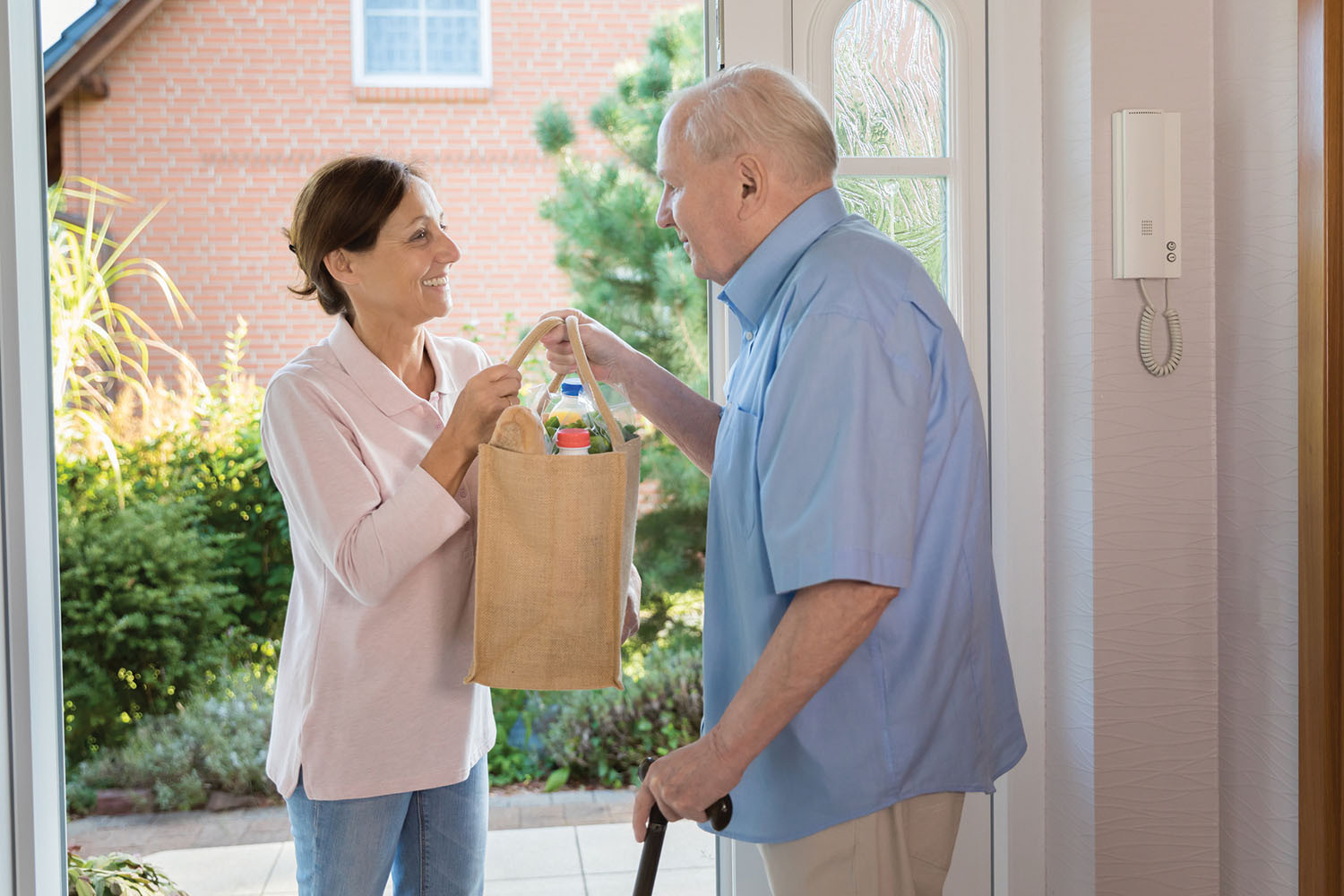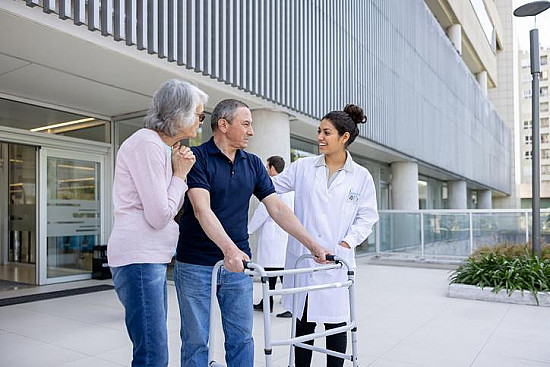A new angle on aging in place: The virtual village
The village model supports living at home and staying independent as we age.
- Reviewed by Anthony L. Komaroff, MD, Editor in Chief, Harvard Health Letter; Editorial Advisory Board Member, Harvard Health Publishing

For most of us, Plan A for long-term housing is pretty simple: live at home, independently, for as long as possible. Plan B gets more complicated. What will happen when we need assistance getting groceries, maintaining the house, going to the doctor, and staying socially connected? The answer for some people is a grassroots trend called a "virtual village."
The village model
A virtual village isn't a place. It's a group of people who live in their own homes, near each other, and agree to help each other. They form a self-governing nonprofit organization that offers membership to any household within its coverage area, which could include one or many neighborhoods.
Village members volunteer, based on their skills, to provide services such as
- managing the village's dedicated help hotline
- transportation
- errands
- household repairs
- friendly visits and telephone check-ins
- social and educational events
- exercise groups
- technology support
- referrals to vetted services and suppliers.
Because a village is run by volunteers (although there might be one or two paid staffers), membership may be free or as much as $1,200 per year. There may be fees for some services, too, such as repairs.
Health benefits
Living in a village helps you remain independent and offers peace of mind that you have a support system.
"The village won't replace an assisted living facility or nursing home, if that's what you need, but it may help delay the transition," says Dr. Susanne Hartmann, a geriatrician with Harvard-affiliated Beth Israel Deaconess Medical Center. "Many of my patients move into assisted living because transportation becomes a big issue. Or they might need a private aide because they're no longer safe by themselves. If a village can solve transportation issues, or help them find an aide, they may no longer have to leave home."
A village also keeps people socially connected, which staves off loneliness and isolation — factors associated with chronic disease, cognitive decline, and premature death.
The village trendThe first virtual village was founded in 2002, in Boston's Beacon Hill neighborhood. Two decades later, there are now 280 villages coast-to-coast in the United States, with 80 more in development, and their demographics are increasingly diverse. "There's a village in Oakland, Calif., that is mostly Asian American. There's an African American village in Washington, D.C., that received funding through the D.C. government. We're all asking the same question, which is, 'How do we survive and live in our community, and what services do we need?'" says Barbara Sullivan, executive director of the Village to Village Network. VTV is the national nonprofit group that offers guidance on starting a village and maintaining its services. The rise in villages also has the attention of Harvard researchers, who expect the trend to keep growing. "The 80-and-older population will double in the next 12 years. That's an age when disability takes a sharp turn upward, and we see an increased need for services like transportation. That speaks to me about the coming need," says Jennifer Molinsky, who leads research exploring housing challenges for the aging population at Harvard's Joint Center for Housing Studies. |
Find a village
If you're interested in finding a village in your area, you can check out the Village to Village website (www.vtvnetwork.org). It has a map of villages throughout the United States and information about how to contact them.
You might also get village information at your local senior center or regional Area Agency on Aging, part of a network of more than 600 agencies that receive federal funding to coordinate older adult support services and provide referrals to them. To find yours, go to /ecl.
And it's a good idea to consult your doctor about whether the village model would be a good fit for your health and abilities — the sooner, the better. "Getting involved when you're still mentally and physically active will give you the best chance of living in your own home longer," Dr. Hartmann says. "You benefit at any age when you have a strong community and social network."
Image: © FredFroese/Getty Images
About the Author

Heidi Godman, Executive Editor, Harvard Health Letter
About the Reviewer

Anthony L. Komaroff, MD, Editor in Chief, Harvard Health Letter; Editorial Advisory Board Member, Harvard Health Publishing
Disclaimer:
As a service to our readers, Harvard Health Publishing provides access to our library of archived content. Please note the date of last review or update on all articles.
No content on this site, regardless of date, should ever be used as a substitute for direct medical advice from your doctor or other qualified clinician.
















